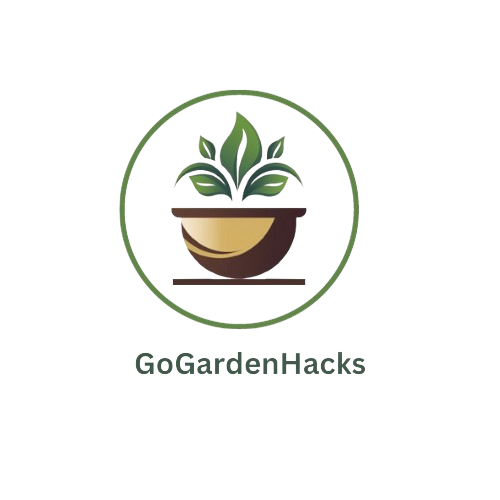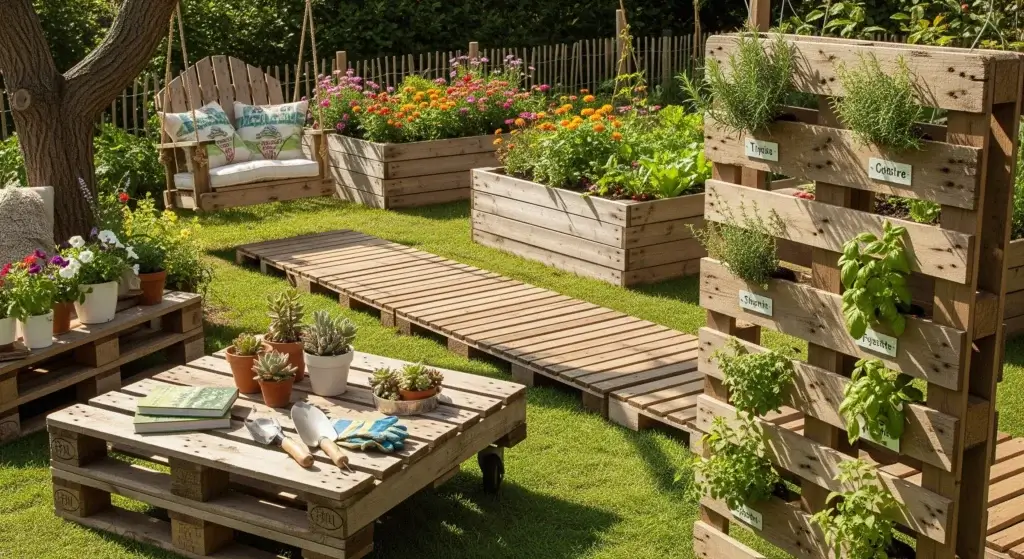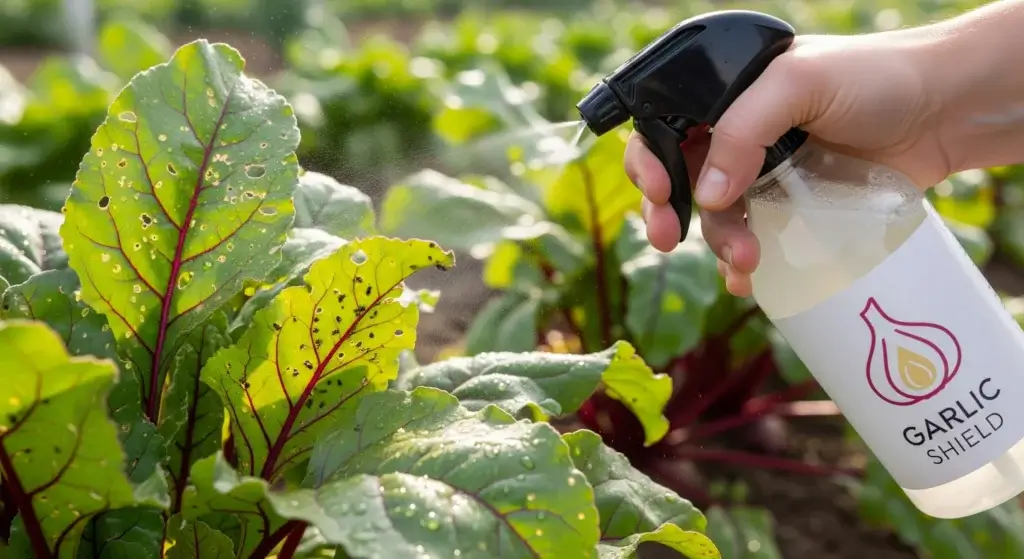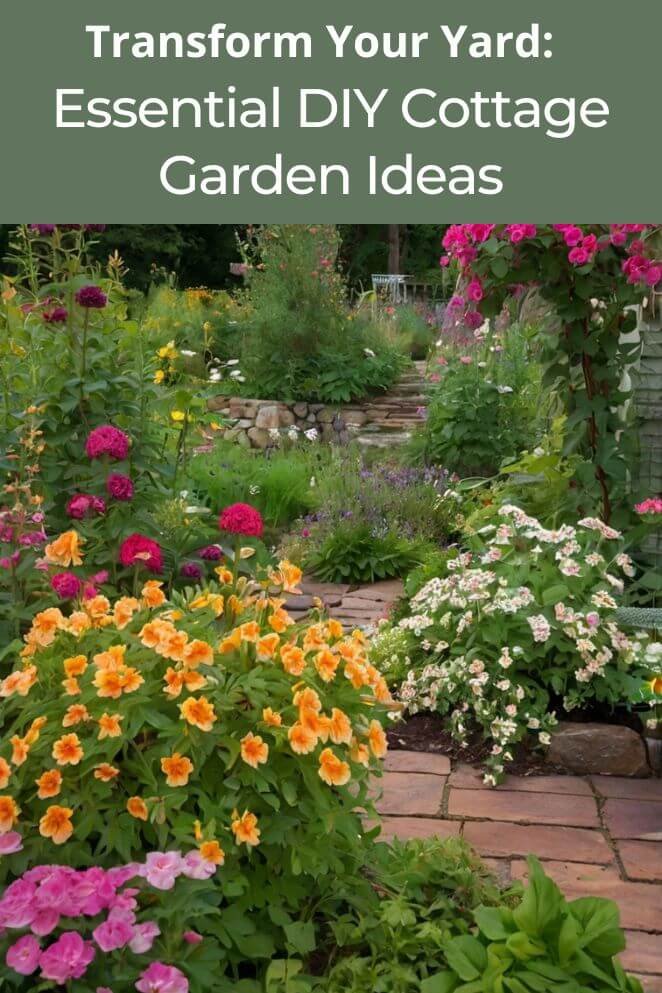
Cottage gardens are known for their romantic, free-flowing aesthetic and welcoming atmosphere.
Unlike formal gardens, which rely on symmetry and structure, cottage gardens are all about layering flowers, shrubs, and ornamental elements in a seemingly unplanned, yet harmonious, way.
The best part?
You don’t need acres of space or a large budget to create one.
With careful planning and creativity, you can craft your dream garden that’s both beautiful and cost-effective.
Planning Your Cottage Garden
Assessing Your Space
Before you start planting, it’s a good idea to take a step back and really get to know your garden space.
Here are a few questions to guide you:
How much sunlight does your garden get?
Cottage gardens love the sun!
If your space gets plenty of sunlight, you’re in luck.
But don’t worry if it’s a bit shady—you can still create a beautiful garden by choosing plants that thrive in partial shade.
What’s the size and shape of your garden?
Whether your garden is large, small, or somewhere in between, there’s always a way to make it work.
Small spaces can be transformed with vertical gardening, like climbing plants or hanging baskets, and by using compact plants that don’t take up much room.
What kind of soil do you have?
Understanding your soil is key.
Take a moment to test its pH and nutrient levels—this will help you figure out which plants will grow best in your garden.
Healthy soil means happy plants!
- Read also: Sustainable Style: DIY Garden Decor Ideas From Old Tires
- Read also: Crafting Green Havens: DIY Garden Bed Ideas for Every Gardener
Choosing Your Plants
The charm of a cottage garden comes from its beautiful variety of plants.
To create that lush, layered look, you’ll want a mix of flowers, shrubs, and climbers. Here are some popular choices to get you started:
Perennials
These plants come back year after year and are the backbone of a cottage garden.
Think roses, lavender, foxgloves, and peonies for classic, timeless beauty.
Annuals
For bright, seasonal pops of color, add sweet peas, zinnias, or cosmos.
They’re perfect for filling gaps and keeping your garden vibrant throughout the year.
Shrubs
Shrubs like hydrangeas and lilacs provide structure and balance.
They add a touch of elegance and make your garden feel complete.
Climbing plants
Want to add some height and drama? Go for climbing plants like wisteria or clematis.
They’re great for fences, trellises, or walls and bring that magical, overgrown charm.
Creating a Design
Cottage gardens might look like they grew naturally, but a little planning goes a long way in creating that effortless charm.
Start by sketching a simple layout to guide you. Here are some tips to keep in mind:
Plan your paths and focal points
Think about how you want to move through your garden.
Paths made of gravel, stone, or stepping stones add structure and invite exploration.
Add a focal point like a bench, birdbath, or a statement plant to draw the eye.
Arrange plants by height
For that classic layered look, place taller plants like hollyhocks or sunflowers at the back and shorter ones like daisies or herbs at the front.
This creates depth and ensures every plant gets its moment to shine.
Group flowers by color
While cottage gardens are known for their wild variety, grouping flowers by complementary colors can make your garden look even more stunning.
Clusters of pinks, purples, and whites, for example, create an impactful and cohesive display.
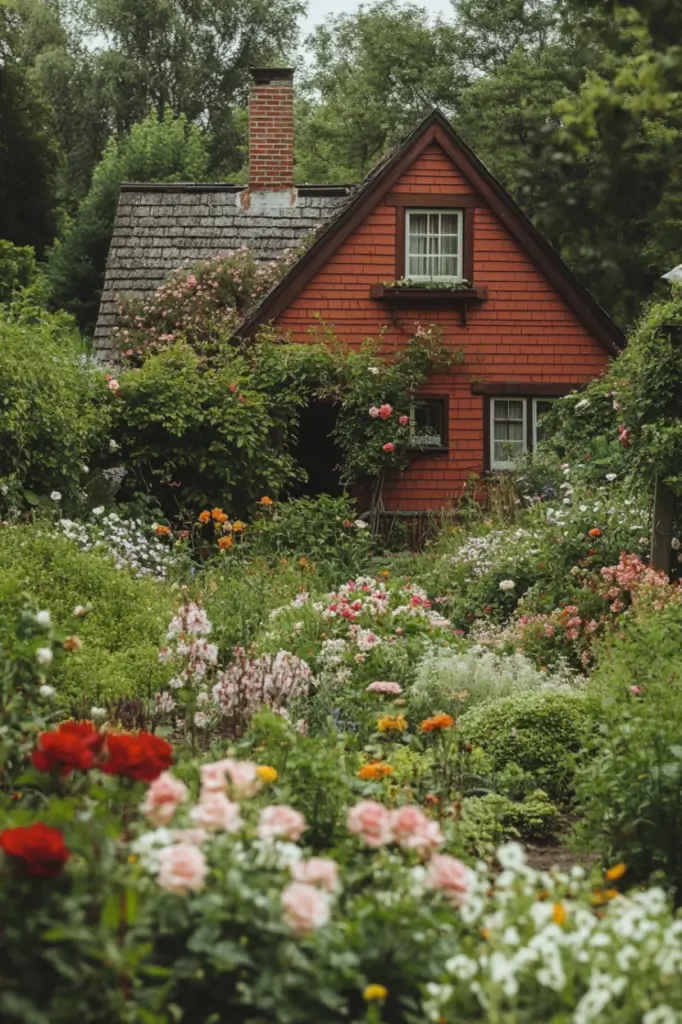
DIY Cottage Garden Elements
DIY structures
Adding a few rustic touches can make your garden feel even more special.
These simple DIY projects can bring charm and personality to your space:
Arbors and trellises
Climbing plants like roses, wisteria, or clematis need a place to grow, and an arbor or trellis is perfect for that.
You can build one from wood or metal—it doesn’t have to be fancy!
These structures create height and a romantic feel in your garden.
Fences and gates
A picket fence or a gate made from reclaimed wood adds a vintage, storybook vibe to your garden.
You can leave the wood natural for a rustic look or paint it in soft colors like white or pastel green to make it pop.
Raised garden beds
Raised beds make planting easier on your back and can be crafted from materials you might already have, like old pallets or bricks.
They not only organize your plants but also give the garden a neat, polished appearance.
DIY Decor
Your garden isn’t just a collection of plants—it’s an extension of your personality.
Adding some handmade décor can make it feel truly unique.
Here are a few fun and creative ideas to get you started:
Birdhouses and feeders
Invite birds into your garden by crafting birdhouses or feeders from recycled materials like wood scraps, old jars, or tin cans.
Not only will they add charm, but they’ll also create a lively atmosphere with your feathered visitors.
Decorative stepping stones
Create your own stepping stones to add character to your paths.
Use concrete molds or decorate stones with mosaics, colorful tiles, or even handprints for a personal touch.
Quirky planters
Think outside the box—or pot! Repurpose items like old teapots, rain boots, or tin cans as whimsical planters.
They’re a great way to reuse household items while adding a bit of fun and creativity to your garden.
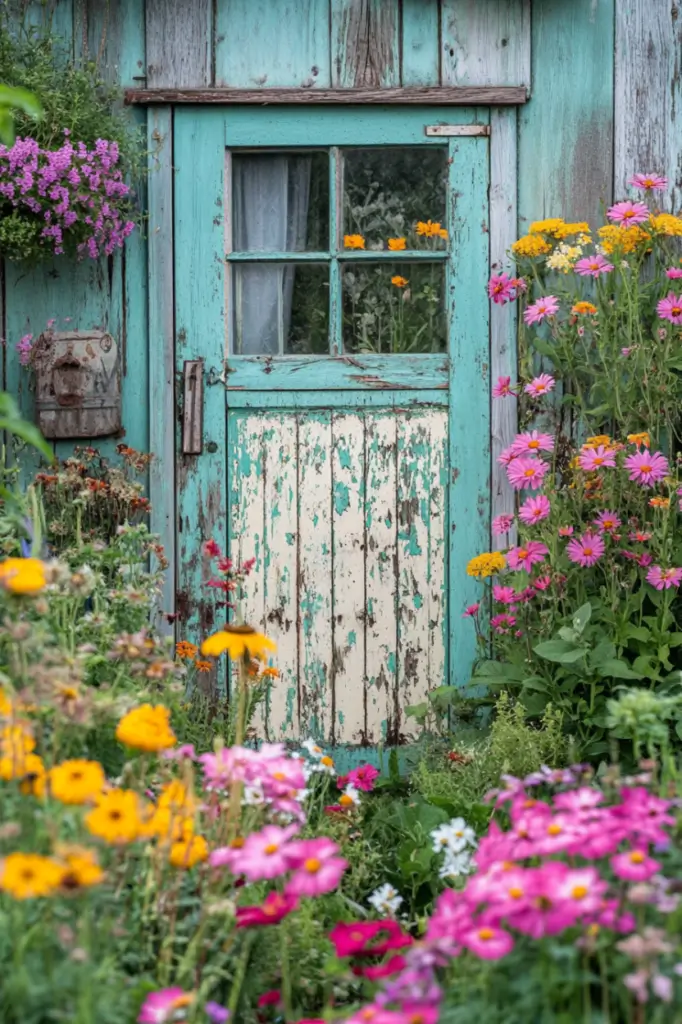
Planting and Maintenance
Creating a beautiful garden takes some effort, but with the right approach, it can be a rewarding and enjoyable process.
Here’s how to get started and keep your garden thriving.
Preparing your soil
Healthy soil is the foundation of a vibrant garden. Here’s what to do:
- Clear the area: Remove weeds, rocks, and debris to give your plants a clean slate.
- Enrich the soil: Mix in compost or aged manure to boost fertility and provide essential nutrients.
- Improve drainage: If your soil tends to hold water, add sand or perlite to help it drain better.
Planting tips
When it’s time to plant, keep these techniques in mind:
- Give them space: Space your plants far enough apart to allow good airflow, which helps prevent diseases.
- Dig proper holes: Make the planting holes twice as wide as the root ball so roots have room to grow.
- Water right away: After planting, water thoroughly to help your plants settle into their new home.
Ongoing care
Maintaining your garden doesn’t have to be a chore. These simple steps will help:
- Water wisely: Water deeply but less often to encourage strong, deep roots.
- Prune regularly: Deadhead flowers (remove spent blooms) to encourage more growth, and trim back plants that are getting unruly.
- Feed your plants: Use organic fertilizers every 4–6 weeks during the growing season to keep them healthy.
- Manage pests naturally: Welcome helpful insects like ladybugs or use homemade sprays to keep pests under control without harsh chemicals.
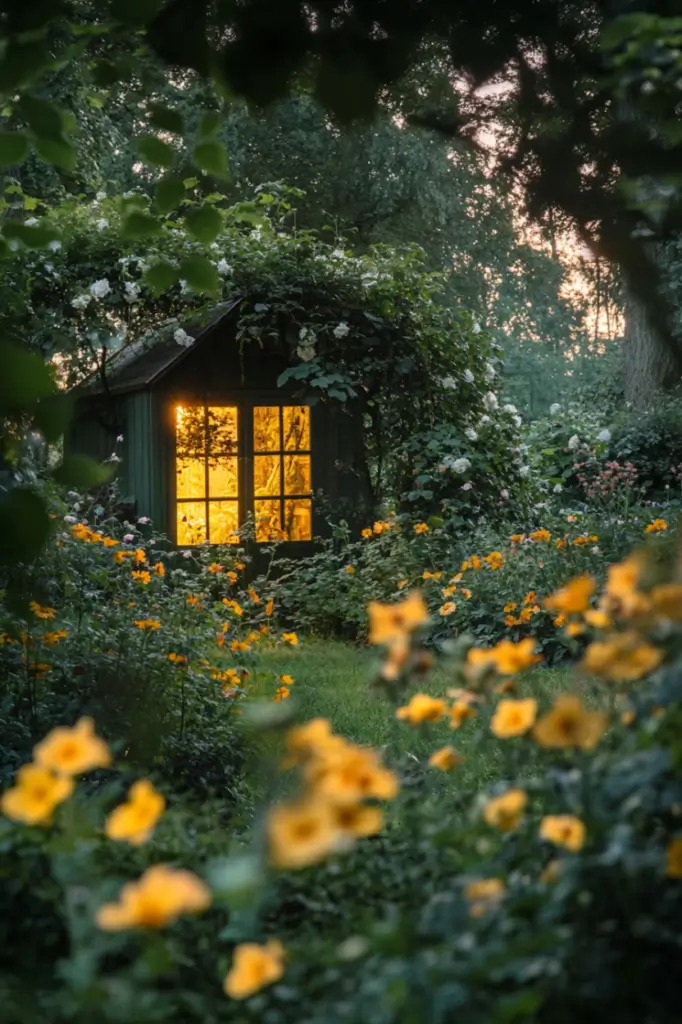
Tips for a Budget-Friendly Cottage Garden
You don’t need to spend a fortune to create a beautiful cottage garden.
With a little creativity and resourcefulness, you can achieve stunning results without emptying your wallet.
Here are some budget-friendly tips to get you started:
Grow from seeds
Starting your plants from seeds is one of the most cost-effective ways to build your garden.
Seed packets are affordable, and watching your plants grow from scratch is incredibly rewarding.
Divide and multiply
If you already have perennials in your garden, you can divide them and replant the sections to fill empty spots.
It’s a simple way to expand your garden for free. Plus, you can swap divided plants with friends or neighbors for even more variety.
Shop smart
Keep an eye out for end-of-season sales at garden centers.
You can often find plants, pots, and tools at discounted prices.
These deals are a great way to stretch your budget.
Get creative with upcycling
Turn everyday items into unique garden features.
Old teacups, tins, or wooden crates can be repurposed into charming planters or decor.
Not only will you save money, but you’ll also add a personal touch to your garden.
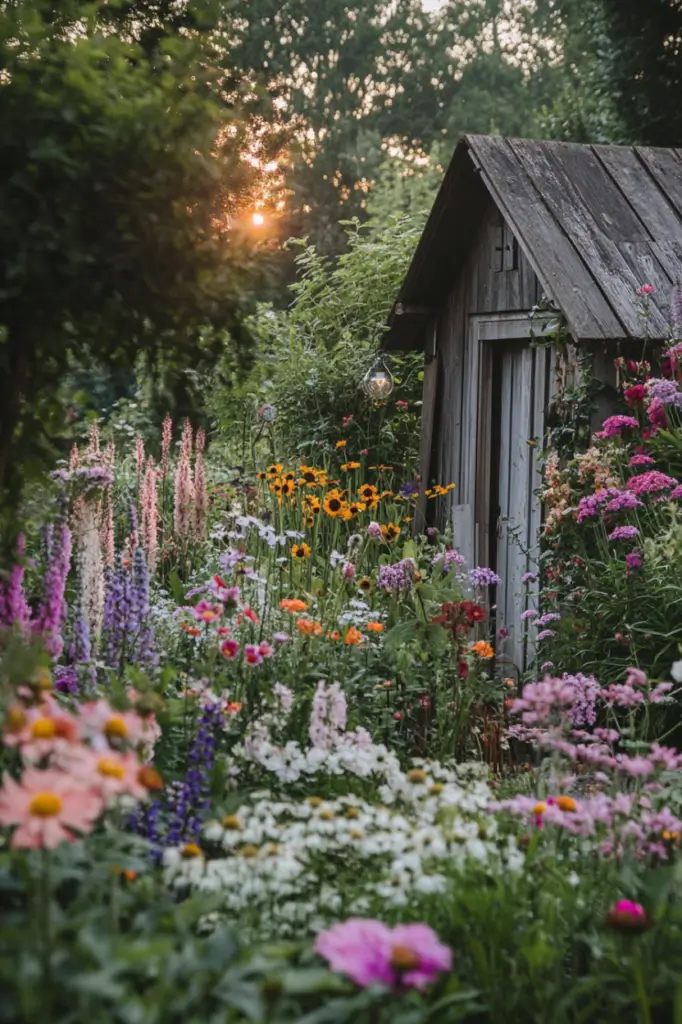
- Read also: Elevate Garden: 8 DIY Garden Fence Ideas for a Perfect Oasis
- Read also: A Step-by-Step Guide to Crafting Your DIY Garden Trellis Arch
Final Thoughts
A DIY cottage garden is a labor of love that rewards you with beauty and tranquility.
By planning carefully, choosing the right plants, and incorporating personal touches, you can create a garden that reflects your style and provides endless joy.
Remember, a cottage garden is always evolving, so embrace its imperfections and enjoy the process.
